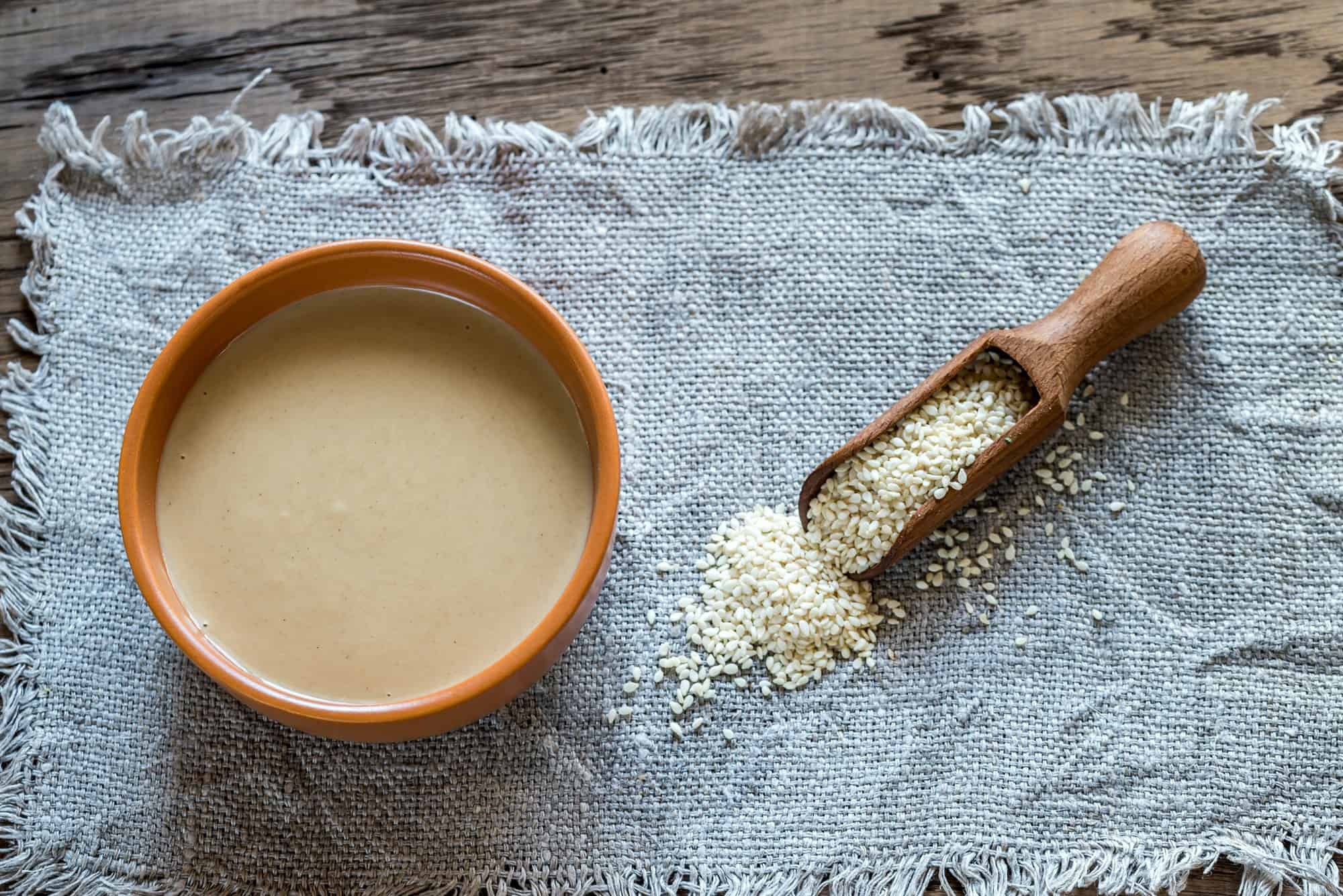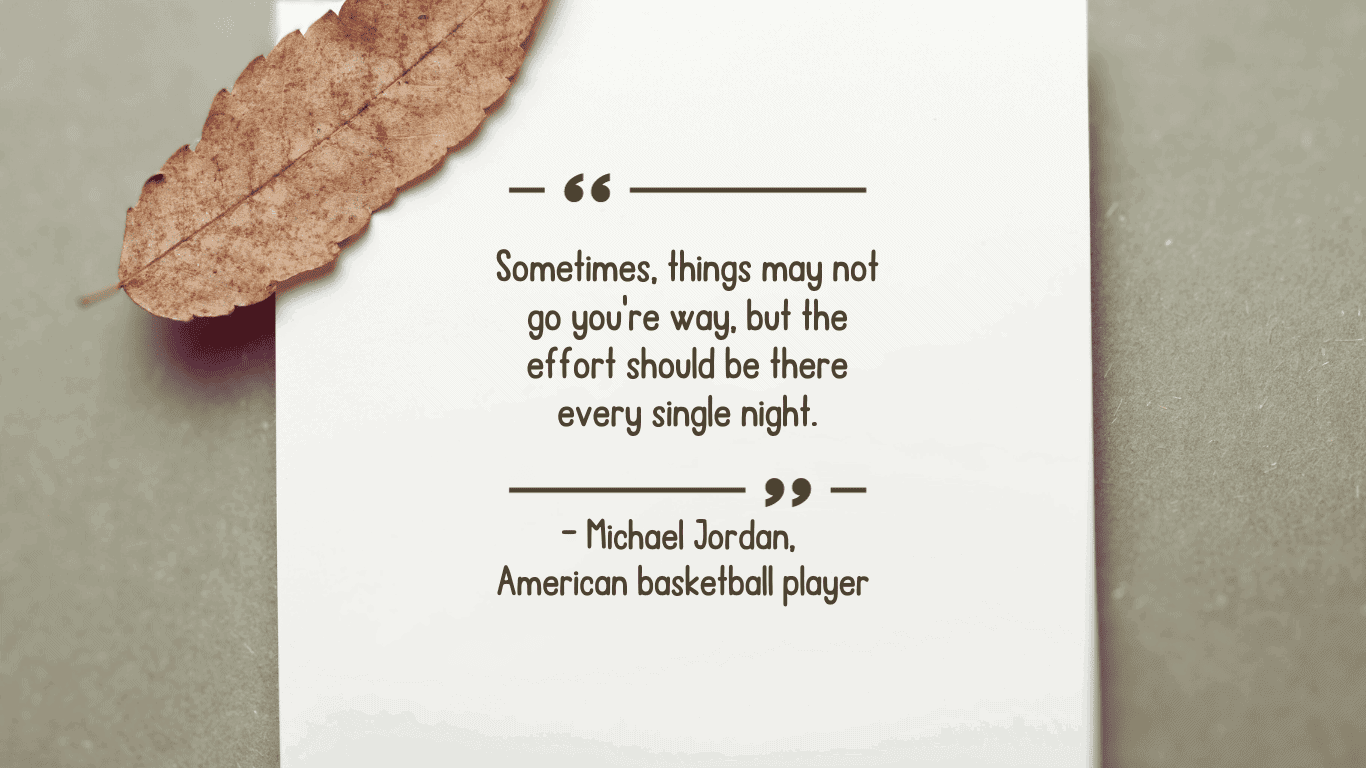Tahini is something that I have liked ever since I was a child. It gives a flavor to a lot of foods. I usually make tahini paste with lemon juice, ice-cold water, and salt. Lately, I have also started using tahini in cakes and smoothies, and I have found that it can be a great alternative to oil, butter, and even flour.
What is Tahini?
Tahini is a paste made from toasted and ground sesame seeds. It is a key ingredient in many Middle Eastern and Mediterranean cuisines and is widely used in dishes such as hummus, baba ganoush, and halva. Making tahini involves grinding sesame seeds into a smooth, creamy consistency.
Tahini has a rich, nutty flavor and a smooth, thick texture. It can be used in savory and sweet dishes, adding depth and creaminess. In addition to its use in traditional recipes, tahini has become popular in various global cuisines. It is often used as a salad dressing, a sauce for grilled meats, or a spread for sandwiches.
Nutritionally, tahini is a good source of essential nutrients, including healthy fats, protein, and minerals like calcium and iron. It’s also a versatile ingredient for those following vegetarian, vegan, or plant-based diets.
Tahini Origin
Tahini has a long history and is believed to have originated in the Middle East. Sesame seeds, the primary ingredient in tahini, have been cultivated in the region for thousands of years. The exact origin of tahini is challenging to pinpoint, as sesame seeds and their products have been a part of various cultures and cuisines in the Middle East and surrounding areas.
The production and consumption of tahini have expanded globally, and it’s now a popular ingredient in various international dishes.
Is tahini a superfood?
One tablespoon (15 grams) of tahini contains the following (Trusted Source):
- Calories: 90 calories
- Protein: 3 grams
- Fat: 8 grams
- Carbs: 3 grams
- Fiber: 1 gram
- Thiamine: 13% of the DV
- Vitamin B6: 11% of the DV
- Phosphorus: 11% of the DV
- Manganese: 11% of the DV
Health Benefits
- Bone Health: Tahini is rich in phosphorus and manganese, vital to bone health. High in thiamine (vitamin B1) and vitamin B6, which are essential for energy production
- Reduced Risk of Diseases: Sesame seeds may decrease the risk of certain diseases, such as type 2 diabetes and heart disease, by lowering cholesterol and triglyceride levels.
- Antioxidants Effect: Tahini contains antioxidants, including the lignan sesamin, that can help support the immune system and balance hormone levels.
- Antibacterial Properties: Sesame oil and seed extract have shown antibacterial qualities in test-tube and animal studies, potentially aiding wound healing.
- Anti-Inflammatory Compounds: Tahini contains anti-inflammatory antioxidants that may ease inflammation and pain, though more human research is needed to understand the full effects.
- Central Nervous System Support: Compounds in tahini may improve brain health, protect nerve cells, and potentially prevent neurodegenerative diseases, but further human research is necessary.
- Anticancer Effects: Sesame seeds, particularly their antioxidants sesamin and sesamol, are being researched for potential anticancer properties, with promising results in test-tube studies. However, more research in humans is required.
- Liver and Kidney Protection: Tahini contains compounds that may protect the liver and kidneys, as indicated by improved function in studies.
Popular Dishes
- Hummus: Perhaps one of the most well-known dishes with tahini, hummus is a creamy dip made from chickpeas, tahini, lemon juice, garlic, and olive oil. It’s often served with pita bread or as a spread.
- Tahini Sauce: A simple tahini sauce can be made by mixing tahini with lemon juice, garlic, salt, and water. This sauce is an excellent accompaniment to falafel, grilled meats, or roasted vegetables.
- Baba Ganoush: This Middle Eastern dish features roasted and mashed eggplant mixed with tahini, garlic, lemon juice, and olive oil. It’s a delicious dip or spread.
- Tahini Salad Dressing: Tahini can be used as a base for creamy salad dressings. Combine olive oil, lemon juice, garlic, and herbs for a flavorful sauce.
- Tahini Cookies: Tahini can be incorporated into sweet treats as well. Tahini cookies are often made with tahini, sugar, flour, and sometimes chocolate chips or nuts.
- Tahini Noodles: Create a flavorful sauce for noodles by combining tahini with soy sauce, garlic, ginger, and sesame oil. Toss the dressing with cooked noodles and vegetables for a quick and tasty meal.
- Tahini Breakfast Bowl: Mix tahini with yogurt, honey, and fruits for a delicious and nutritious breakfast bowl. Top it with granola or nuts for added crunch.
- Tahini-Marinated Chicken: Use tahini as a base for a marinade for chicken. Combine it with garlic, lemon juice, and herbs for a tasty and tender chicken dish.
- Tahini Smoothie: Add a spoonful of tahini to your morning smoothie for a nutty flavor and a boost of protein and healthy fats.
- Tahini Ice Cream: Some ice cream recipes incorporate tahini for a unique and creamy flavor. It pairs well with chocolate or fruit-flavored ice creams.
- Tahini Brownies: make tasty, rich brownies with eggs, maple syrup, and flour.
Is it okay to eat tahini every day?
The appropriate amount of tahini for better health can depend on various factors, including your overall diet, health goals, and individual nutritional needs. Tahini is a nutritious food with healthy fats, protein, and essential minerals. However, it’s also calorie-dense, so portion control is important, especially if you’re conscious of your calorie intake.
As a general guideline, a serving size of tahini is typically around 1 to 2 tablespoons.
If you have specific dietary goals, such as weight management, it’s essential to consider the overall balance of your diet and how tahini fits into it.
In conclusion, it is worthwhile and desirable to have high-quality tahini in the pantry and incorporate it as part of salad dressing, cakes, smoothies, and more.
If you crave something sweet, mix a spoonful of tahini with a spoonful of honey.
Enjoy!






